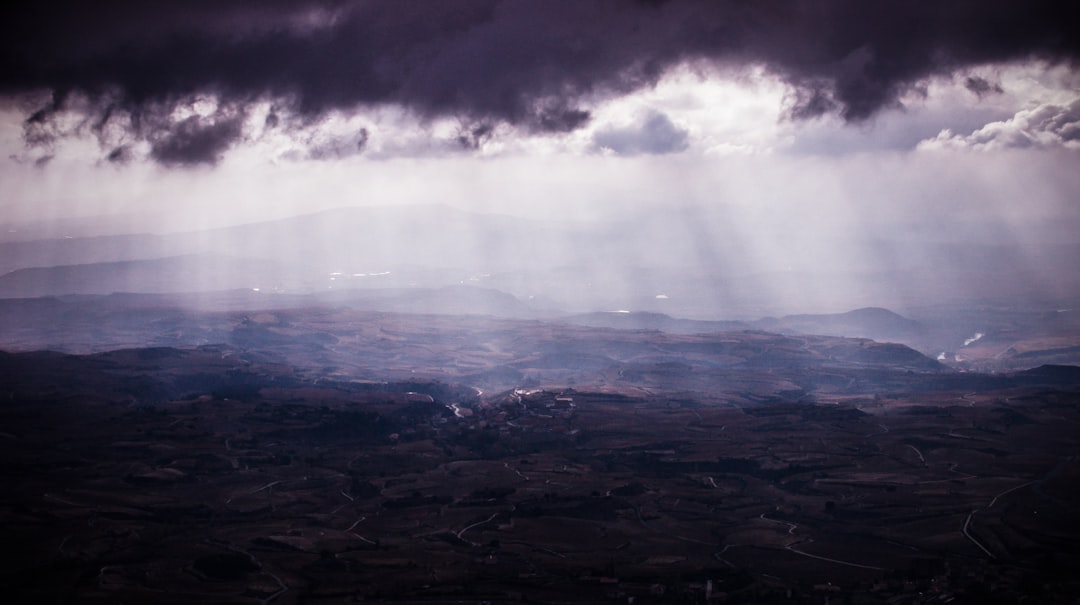What is it about?
This article examines a set of lustreware pottery discovered in the fill of the tower belonging to the Genoese family, the Embriaci. The finds are datable to the mid-thirteenth century, characterised by decorative patterns which are unknown and atypical in lustreware production in al-Andalus, though some comparisons can be drawn with the decorative patterns of the “vasos de la Alhambra” and the pottery known as “nazarí primitive”. The context of the discovery in Genoa will briefly be outlined, including the story of the family settlement (Part 1), the stratigraphic sequence (Part 2), and the stylistic connections to other pottery characterising it (Part 3). The formal and decorative elements characterising the lustreware pottery found in the Embriaci Tower will then be examined and compared (Part 4) with finds from the Upper Tyrrhenian region (Provence, Savona, Pisa). Part 5 will suggest that the finds are a specific type of decorated lustreware produced in the thirteenth century in al-Andalus (Murcia, Málaga and Almería). The concluding part (Part 6) will investigate the meaning of the presence of the set of imported ceramics in the “curia” of the Embriaci family in Genoa.
Featured Image
Read the Original
This page is a summary of: Between al-Andalus and Genoa: The “Embriaci Tower” Lustreware, Al-Masāq, May 2018, Taylor & Francis,
DOI: 10.1080/09503110.2018.1475974.
You can read the full text:
Contributors
The following have contributed to this page










